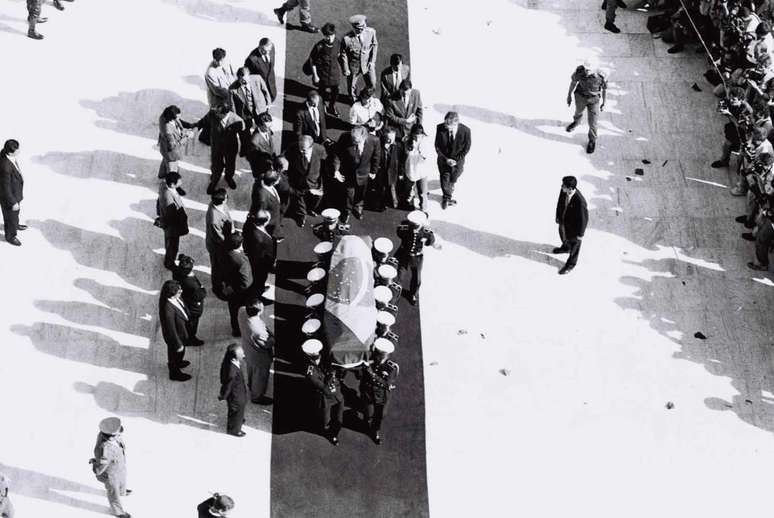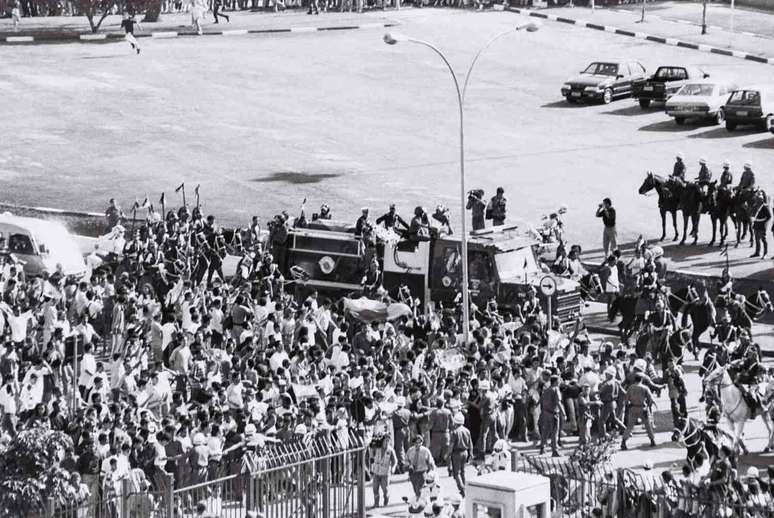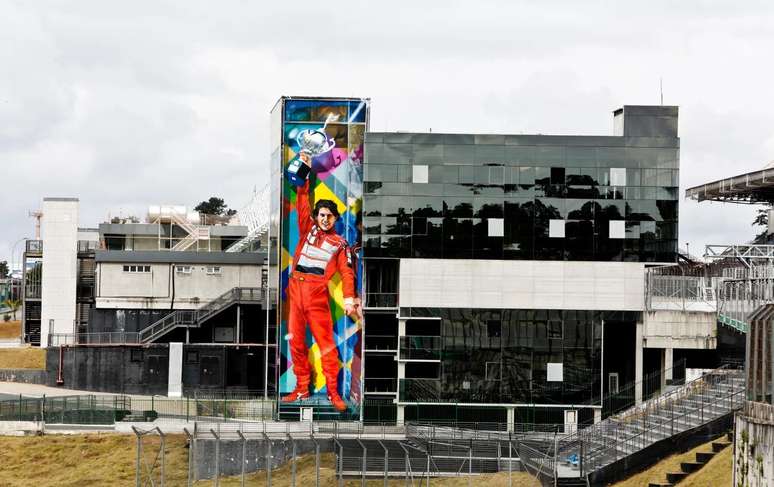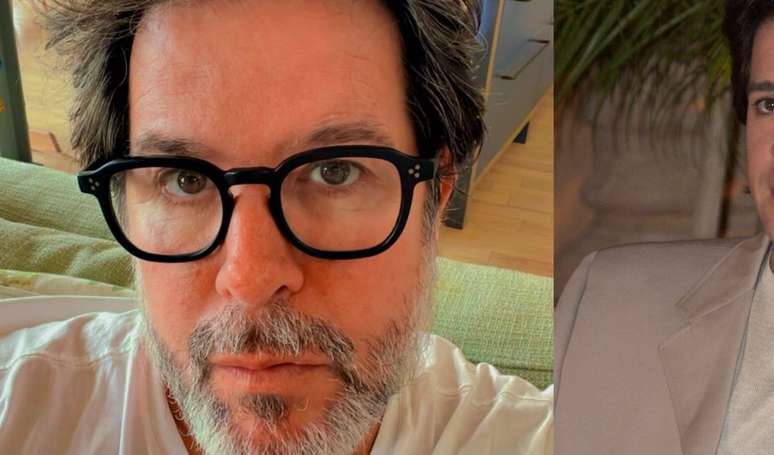More than 250 thousand people passed through there […]
Four days after the tragic accident that took the life of driver Ayrton Senna, at the San Marino Grand Prix in Italy, San Paolo watched over the body of one of the greatest idols of national sport.
Senna was buried in the Monumental Hall of the Legislative Assembly of the State of São Paulo, on May 5, 1994, in Ibirapuera, where more than 250 thousand people passed in about 20 hours of ceremony.
“He was a brilliant sportsman, who many times cheered up the Brazilian people, for having led many car races. Ayrton Senna was one of the most admired people in the history of Brazil and, above all, of Brazilian sport”, recalls MP Eduardo Suplicy (PT ), who attended the funeral wake in Alesp.
The driver’s early departure, at the age of 34, shocked fans around the world and became one of the most memorable moments in national sport. After the confirmation of Senna’s death, former MP Vitor Sapienza, then president of the Parliament of São Paulo, made the Monumental Hall of Palazzo 9 de Julho available to Senna’s family.
“When this was known [o velório] It was here at the Assembly that people began to arrive from all over the world. Before the body arrived, there were already queues going to the Obelisk”, says photographer Marco Antonio Cardelino, an Alesp employee since 1982 and responsible for the historical documentation of Senna’s farewell.
“It was a dawn that looked like a celebration for the world title due to the amount of people on the street. Not because of joy, but because of sadness. It was a loss that the Brazilian felt in his heart,” says Marco of the two-day vigil.
Present at the ceremony were the then President of the Republic, Itamar Franco, and the former governor of São Paulo, Luiz Antônio Fleury Filho.

“I have never seen so many people in the same place paying homage to one person. It was the largest event I have witnessed in this House in the 42 years that I have been here,” recalls Marcão, as the photographer is known.
With the honors worthy of a head of state, the pilot’s body was carried by soldiers of the Brazilian army onto the vehicle that carried out the procession. The journey to the Morumbi cemetery in the south of the city was accompanied by a crowd, whose images of thousands of people in the streets around Alesp courting the national idol are historic and have been seen around the world.
“An infinite crowd. An atmosphere of pain. The feeling was that everyone was watching over someone very close, there was a lot of affection, suffering and mourning”, says MP Léo Oliveira (MDB) who, at that moment, was in the her first trimester at home.
Since his departure, Senna has been honored throughout the state, with monuments, street and highway names, and even a metro station: the Jardim São Paulo-Ayrton Senna station (line 2-blue).

Ayrton Senna at Interlagos
In 2020, during the 80th anniversary celebrations of the Autódromo de Interlagos, in Sao Paulo, muralist Eduardo Kobra created a mural in honor of Ayrton Senna. And there couldn’t have been a better direction for the work.
It was on this circuit in the South Zone of São Paulo that the driver won for the first time in his country, in 1991 and then in 1993.
The pediment on which the work is located, 27 meters high and 10 meters wide, was provided by the Municipal Tourism Department, responsible for managing the site.
It is interesting to note that Senna is the figure that appears most in the works of the Brazilian urban artist. In total Kobra has 11 murals dedicated to the driver, including one at the Imola racetrack in Italy.
“Senna, with his example of resilience, is an even more important symbol in a difficult moment like this. This is why I chose to portray the iconic moment of March 24, 1991 on the mural”, describes Kobra, in a note sent to the press .

Source: Terra
Ben Stock is a lifestyle journalist and author at Gossipify. He writes about topics such as health, wellness, travel, food and home decor. He provides practical advice and inspiration to improve well-being, keeps readers up to date with latest lifestyle news and trends, known for his engaging writing style, in-depth analysis and unique perspectives.









